Showing results 121-130 of 139 for UDL guidelines
Search results
-
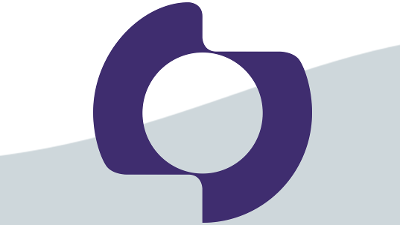
Monday, April 6, 2020
Waivers for Section 504 or IDEA would reduce the civil rights and learning opportunities for students with disabilities.
-
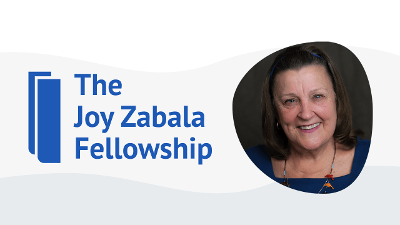
Monday, October 14, 2024
These dynamic mentorship teams will work together to build capacity in AT and AEM, with a focus on improving accessibility and educational equity for students with disabilities.
-
CAST has a long history of expertise and leadership in accessibility, accessible materials, and assistive and inclusive technologies. Our AEM Center at CAST provides customized support so that all individuals, including those with disabilities — from early childhood through the workforce — have equal access to materials and technologies to help reach their goals.
-
Statement
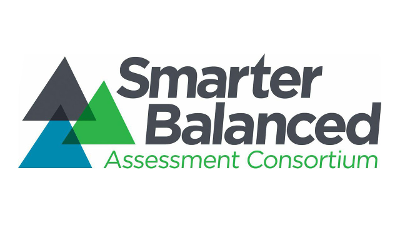
CAST, 2013
CAST responds to the Smarter Balanced Assessment Consortium’s request for public comment about its Accessibility and Accommodations Guidelines.
-
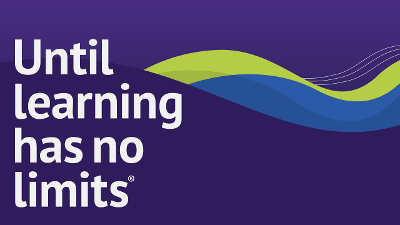
Located near Boston, CAST is a nonprofit education research and development organization that created the Universal Design for Learning framework, now used the world over to make learning more inclusive. The CAST team includes over 50 talented employees, including world-class educators, learning scientists, instructional designers, literacy experts, policy analysts, UX and graphic designers, software engineers, and a first-rate administrative and executive staff.
-
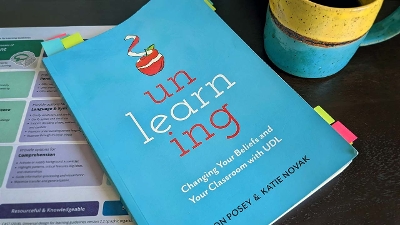
An important part of learning is unlearning habits and ways of thinking when trying to make substantive changes. Learn more about the Unlearning Cycle and how it affects educators when incorporating UDL into their practice.
-
Statement

CAST, 2013
CAST responds to the U.S. Department of Education Guidance on Title I Peer Review Process
-
Statement

CAST, 2013
CAST responds to the Smarter Balanced Assessment Consortium’s draft of Accessibility and Accommodations Guidelines.
-
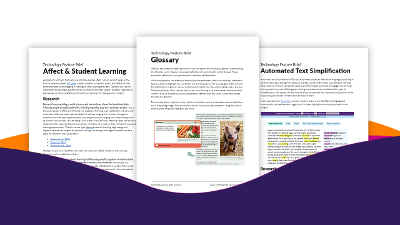
These briefs are designed for educators, developers, and researchers to find out more about particular features within technology tools, how they’re used, and whether they might be effective in addressing different barriers within a technology environment.
-
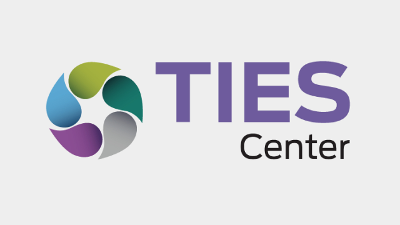
The TIES Center mission is to create sustainable changes in school and district educational systems so that students with significant cognitive disabilities can fully engage in the same instructional and non-instructional activities as their general education peers while being instructed in a way that meets individual learning needs.
